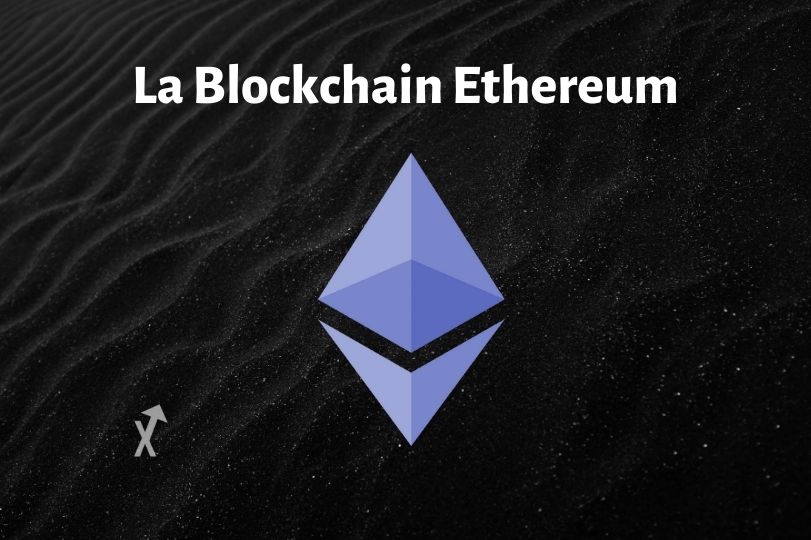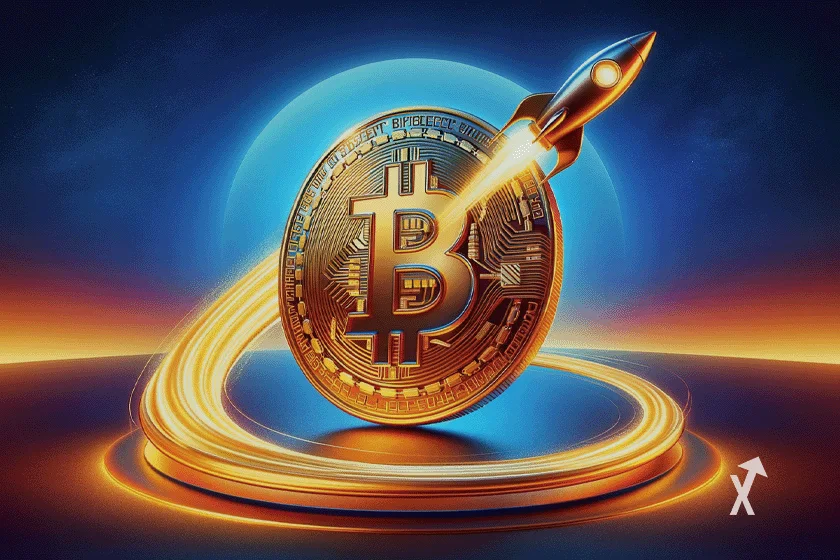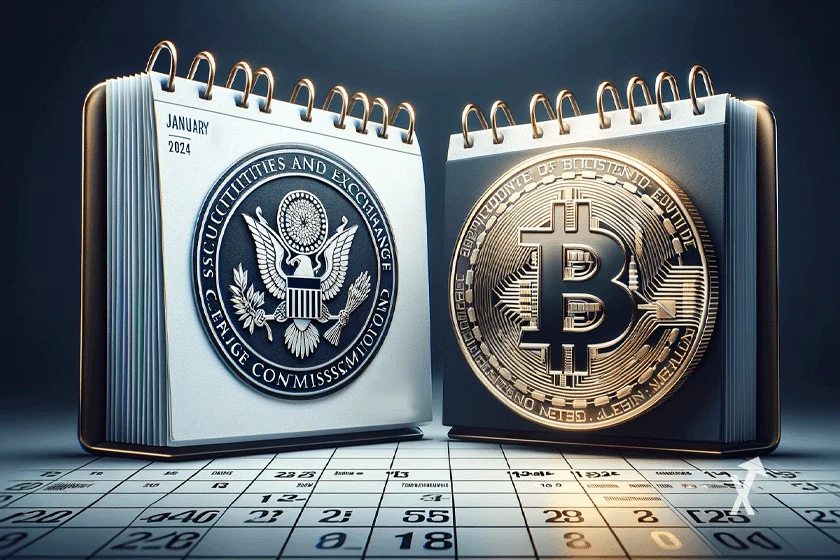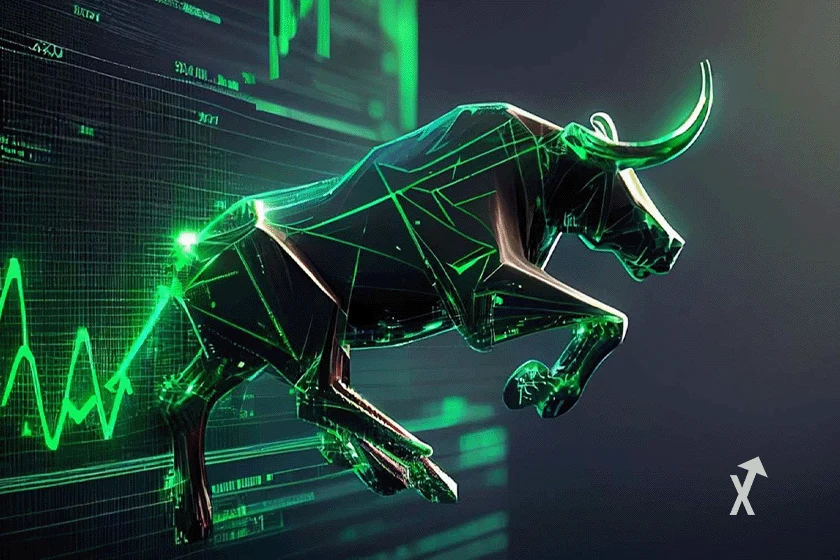What is the principle of a blockchain ?
The principle of a blockchain is based on a completely decentralized architecture. The blockchain is a database stored on many computers around the world. No central structure has unique access to it.
By definition, the peer-to-peer nature of blockchain technology protects it from any inaccuracies or illegal attempts.
All cryptocurrencies use a blockchain to guarantee the security of data and the validation of transactions.
Finally, all of these cryptocurrency blockchains are derived from Satoshi Nakamoto’s public and open source Bitcoin blockchain.
Today, many cryptocurrency blockchains have emerged. According to other concepts, some propose solutions to problems posed by the Bitcoin blockchain… Others tackle fundamental innovations, such as the Ethereum blockchain.
Definition of blockchain
The blockchain is a distributed database with a peer-to-peer architecture. Without going through a third party, every user in the world constantly consults and verifies the accuracy of the blockchain. Transactions are made from one user to another without going through a regulatory body.
Ethereum blockchain : what is it ?
The ethereum blockchain was created by Vitalik Buterin in 2015. It is primarily a platform whose token is called Ether : the cryptocurrency of the Ethereum network.
The Ethereum blockchain is more flexible than the Bitcoin blockchain: the network relinquishes control over your personal data. It is also the crypto currency that has enabled the creation of many applications running on its blockchain.
- Ether : since its inception, Ether (ETH) has become the second largest cryptocurrency on the market after Bitcoin
- Smart Contracts : the Ethereum blockchain includes smart contracts. This is one of the main advantages of Ethereum
- Applications : the Ethereum blockchain also allows to build a series of decentralized applications (dApps). Security programs, voting systems and payment methods that are added to the virtual currency
How does the Ethereum blockchain work ?
The way the Ethereum blockchain works is as an open software platform running on the basis of blockchain technology.
Like the Bitcoin blockchain, Ethereum is a tamper-proof record of your transaction history.
ERC-20
ERC-20 refers to a token model based on Ethereum that follows a precise specification. Since 2015, a large number of new cryptocurrencies are variants of Ethereum and rely on its blockchain: the specific points of each are defined by a smart contract.
Smart contract
The concept of smart contract was first theorized by Nick Szabo in 1994. The Ethereum blockchain has taken up this concept to host these types of contracts on the blockchain directly.
A smart contract is an agreement between multiple parties in code form. This data is distributed and stored in the blockchain and cannot be changed. Such a procedure allows contracts to be automated and enforced without the need for a third party.
However, it is impossible to know if certain contracts will be finalized or fall into an infinite loop. It is to avoid this problem that gas has been implemented on Ethereum : a unit of measurement, in the form of a fee, that defines the length of time a contract or Ethereum transaction will be executed on the blockchain… if it is not finalized.
Smart contract definition
A smart contract is a computer code that executes itself when certain conditions are met.
Current and future uses
The range of applications for the Ethereum blockchain is broad: smart contracts are ideally suited to the financial and banking sectors for payments, settlements and mortgages.
In addition, the Ethereum specification ERC-721 introduces a standard for NFTs (non-fungible tokens) which forms the basis of its market.
Finally, ETH 2.0 is being heralded as the next market revolution. Developers are working on future versions of Ethereum that will use a technique called sharding: several blockchains operate at the same time and consolidated transactions are recorded asynchronously on the central blockchain.
Ethereum Blockchain VS Bitcoin Blockchain
Ethereum’s blockchain technology is similar to that of Bitcoin. However, Bitcoin uses only one of its specific applications : in the end, it is an online monetary system that allows payments in Bitcoins.
The Ethereum blockchain is also an online monetary system, but its smart contracts open up the platform to many blockchain-related applications.
Ethereum allows developers to raise funds for their own projects : they can set up a contract and look for commitments from across the community.
In summary, Ethereum’s programmability makes it close to an operating system for all blockchain-based applications and resources. Most decentralized financial applications are now based on Ethereum.
For the moment, both blockchains work on the principle of Proof of Work. To validate the blocks, miners must perform significant algorithmic calculations to find a unique key (hash).
Ethereum has been working for years on an improved version of its blockchain (ETH 2.0) and one of the major changes will be to move to a Proof of Stake system.
What other blockchains are there and which ones are based on Ethereum’s ?
Ultimately, each blockchain serves a distinct purpose. Some are created to support a particular initiative or project, or a single application. Others want to replace existing blockchains that suffer from technical limitations.
After the Bitcoin and Ethereum blockchains, many others have emerged. With one difference: Litecoin, XRP, Eos, Tron, Monero, Solana, Stellar, Neo or Dogecoin cryptocurrencies operate on their own blockchain networks.
Therefore, these cryptos are coins because they represent the native currencies of their blockchain :
- Dogecoin has become a serious token in part because its blockchain processes transactions about 10 times faster than the Bitcoin blockchain
- Ripple’s XRP Ledger blockchain was created to support RippleNet: an international network that makes instant money transfers around the world
- The Monero blockchain emphasizes privacy : the protocol includes additional features to hide all transaction information
Other blockchains are based on the Ethereum blockchain: MakerDAO, Chainlink and BAT are tokens because they are hosted on Ethereum instead of having their own blockchain :
- The MakerDAO blockchain enables loans to be obtained without third parties, without the need to set up a file, and at an attractive interest rate with a strong guarantee of security managed by smart contracts.
- Chainlink is a network designed to facilitate the transfer of tamper-proof data using a blockchain-based smart contract protocol.
The Basic Attention Token (BAT) is a cryptocurrency at the center of the decentralized online advertising ecosystem that the company Brave Software is seeking to develop.

















